Your Guide to Winter Veggies: How to Eat Amazingly Well When It’s Cold Out
My entire career has revolved around food, from the chaos of restaurant kitchens to helping folks one-on-one with their health. Through it all, one thing has always rung true: nature gives us what we need, right when we need it. And winter is no different.
In this article
So many people think winter is a culinary dead zone, falling back on old potatoes and heavy, one-note meals. But honestly, that’s a huge missed opportunity. The real magic of winter eating lies in the fresh produce that doesn’t just survive the cold but actually gets better because of it.
Forget the term “superfood.” It’s mostly marketing fluff that makes you think one expensive berry is the secret to health. True wellness comes from variety, from a colorful plate of real, whole foods. This guide is about the smart, tough, and incredibly delicious foods that are at their absolute peak in winter. Let’s dive into how to pick them, store them, and cook them in a way that makes you feel great.

Easy Win Tonight: Perfect Roasted Brussels Sprouts. Seriously, try this. Grab a pound of Brussels sprouts (about $3-$5 at most stores), toss them with a couple of tablespoons of olive oil, salt, and pepper. Roast at 400°F (200°C) for 25-30 minutes until they’re crispy and amazing. Boom. You’re already eating better this winter.
The Unsung Heroes: Cabbage, Kale, and Sprouts
When the weather gets bleak, the brassica family—we’re talking cabbage, kale, Brussels sprouts, and cauliflower—really steps up. These are the absolute workhorses of the winter kitchen. Not only are they tough, but they’re loaded with good stuff that our bodies seem to crave during the colder, more sluggish months.
Their signature sharp, peppery taste comes from compounds that, when you chop or chew them, do some pretty interesting things. Experts suggest they support the body’s natural detox processes, which is handy when we’re all eating richer foods. Plus, they’re packed with Vitamin C for your immune system and lots of fiber to keep your gut happy.
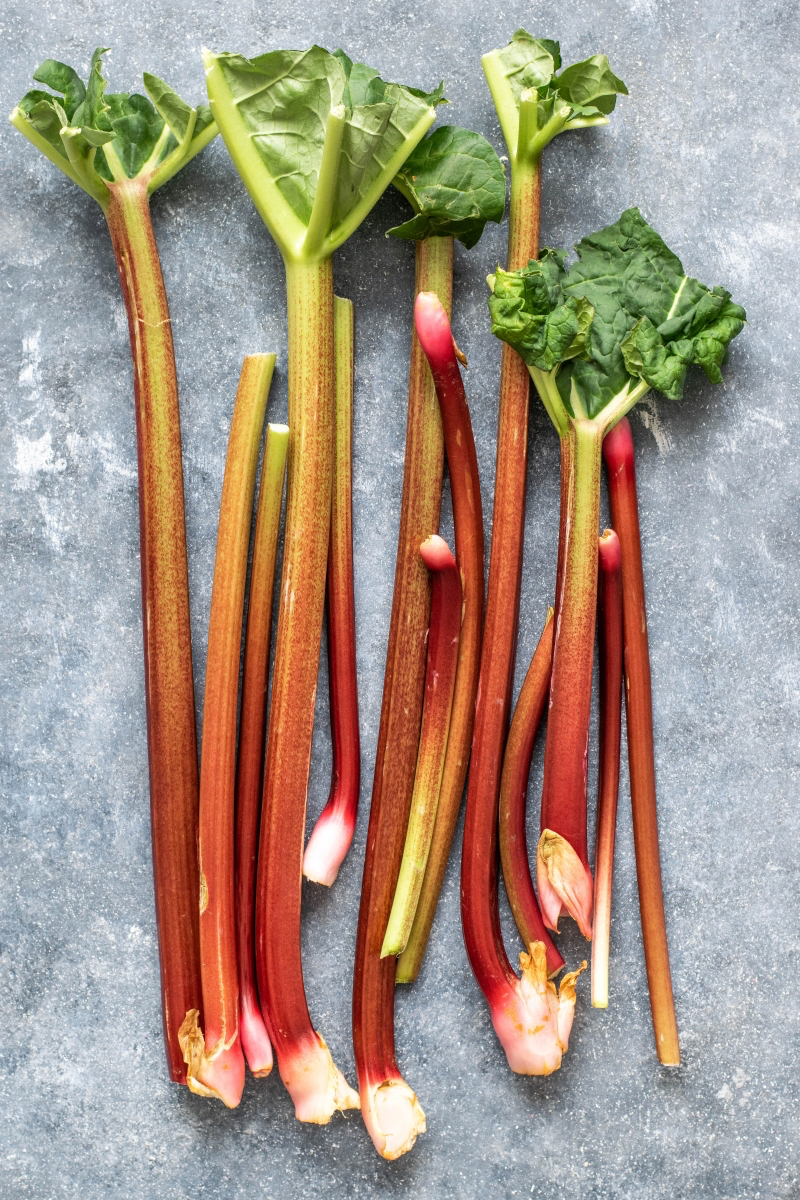
How to Pick ‘Em and Keep ‘Em
- Cabbage: Look for a head that feels heavy for its size with tight, glossy leaves. A good head of cabbage is a fantastic investment, often costing just $2 to $4 and giving you the base for several meals. It can last for weeks, even a couple of months, in your fridge’s crisper drawer.
- Kale: The leaves should be a deep, vibrant green or purple, and feel firm, not floppy. To store it, wrap the bunch loosely in a damp paper towel and stick it in a plastic bag in the fridge. It’s best to use it within a week.
- Brussels Sprouts: Go for small, tight, bright green heads. If you see yellowing leaves, pass. If you can find them still on the stalk, they’ll last even longer. Otherwise, just keep them loose in a bowl in the fridge.
Cooking for Maximum Flavor (and Nutrients)
The biggest mistake people make is boiling these veggies into a sad, smelly mush. Please don’t do that! You destroy the flavor and the nutrients. Here are some much better ways to handle them:

- Roast Them Hot: This is my go-to. Tossing Brussels sprouts or cauliflower with oil and roasting them at a high heat (think 400°F / 200°C) for about 25-35 minutes transforms them. The bitterness mellows out, and they get sweet and caramelized.
- Shave Them Thin: For cabbage and kale, slicing them into thin ribbons for a slaw or salad makes them tender and easy to eat raw. By the way, here’s a little challenge: take one kale leaf, drizzle it with a few drops of olive oil and a pinch of salt, and massage it with your hands for just 60 seconds. You will see and feel it turn silky and a much deeper green. It’s a game-changer.
- Braise Them Low and Slow: Gently cooking sliced cabbage in a covered pot with some broth and maybe a splash of apple cider vinegar turns it into something incredibly silky and comforting. Plan for at least 30-45 minutes on low heat for the flavors to really meld.
- Ferment Them: Making your own sauerkraut is a fantastic project. It’s a traditional way to preserve cabbage that also introduces tons of beneficial probiotics. A word of caution: sanitation is key here, so be sure to find a solid recipe from a well-regarded fermentation author or a trusted cooking website that tests its methods.
Heads up! These veggies contain goitrogens, which can affect thyroid function if you eat massive, massive amounts of them raw. For most of us, it’s a total non-issue. But if you have a known thyroid condition, you might want to stick to cooking them and, as always, chat with your doctor for personalized advice.

The Underground Pantry: All About Root Vegetables
Root vegetables are basically stored sunshine. They spend all season soaking up energy and packing it into dense, satisfying roots like parsnips, turnips, celeriac, and carrots. They provide the exact kind of slow-release fuel our bodies need to stay warm and energized in winter.
What’s really cool is that a good frost actually makes them taste better. Plants like carrots and parsnips convert their starches into sugars as a natural antifreeze, which is why a winter carrot is often so much sweeter. When you’re at the store, look for roots that are firm and smooth, without any soft spots or big cracks. Quick tip: If they still have their green tops, lop them off before you store them. The greens will keep pulling moisture from the root, making it go soft faster. Keep the roots unwashed in your crisper drawer, and they can last for weeks.
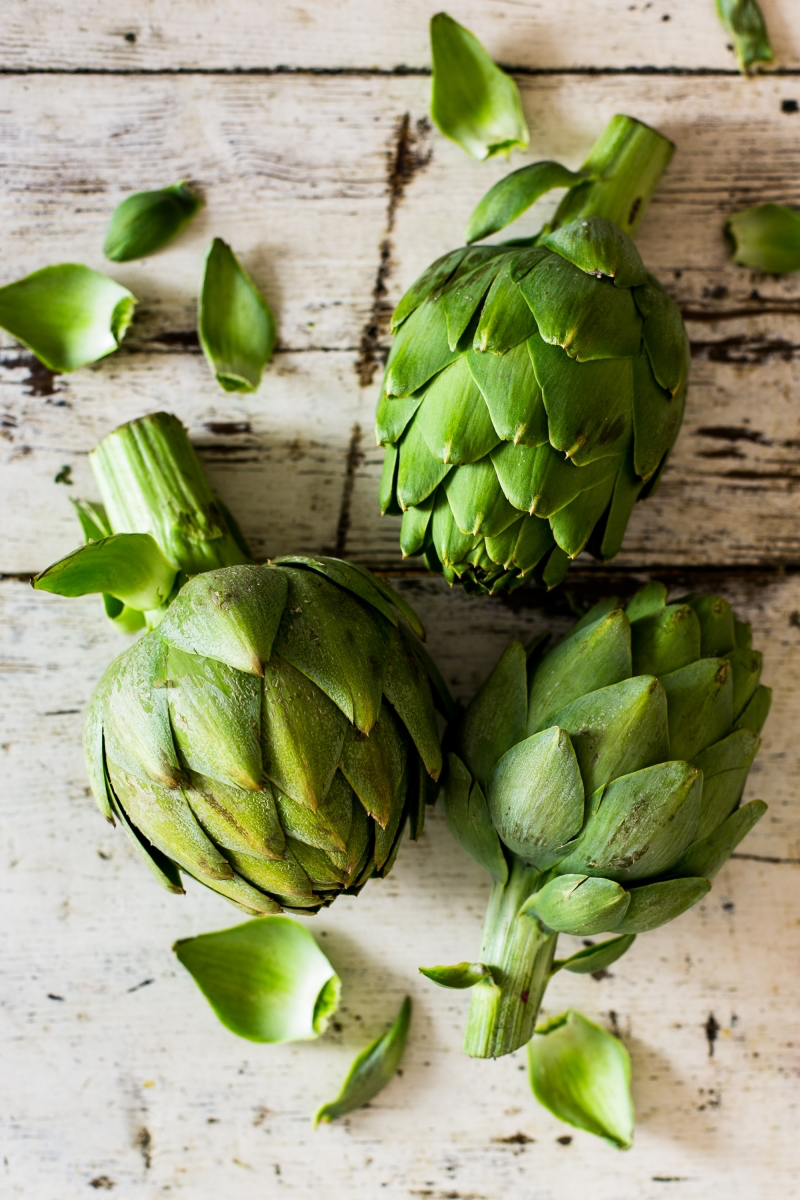
The Best Ways to Cook Roots
The earthy, sometimes intense flavor of root vegetables is what makes them special, but you need the right technique to bring out their best side.
- The Art of Roasting: This is where the magic happens. Cut your veggies into uniform one-inch chunks, toss with a good amount of oil, salt, and pepper, and spread them on a baking sheet. The most important rule? Don’t crowd the pan! Give them space, or they’ll steam instead of roast. Pop them in a 400-425°F (200-220°C) oven for 30-45 minutes, flipping halfway through. You’ll know they’re done when they’re tender enough to pierce with a fork and have deep, caramelized brown edges.
- Silky Purées: For a more elegant touch, try a purée. Steam or boil veggies like celeriac or parsnips until they’re super soft, then blend them with a bit of butter or olive oil until smooth. It feels fancy, but it’s dead simple.
- A Pro Tip on Parsnips: I learned this one the hard way. Really big, old parsnips can have a tough, woody core that’s just not pleasant to eat. If you’ve got a monster parsnip, just peel it, quarter it lengthwise, and slice out that fibrous center before you cook it.
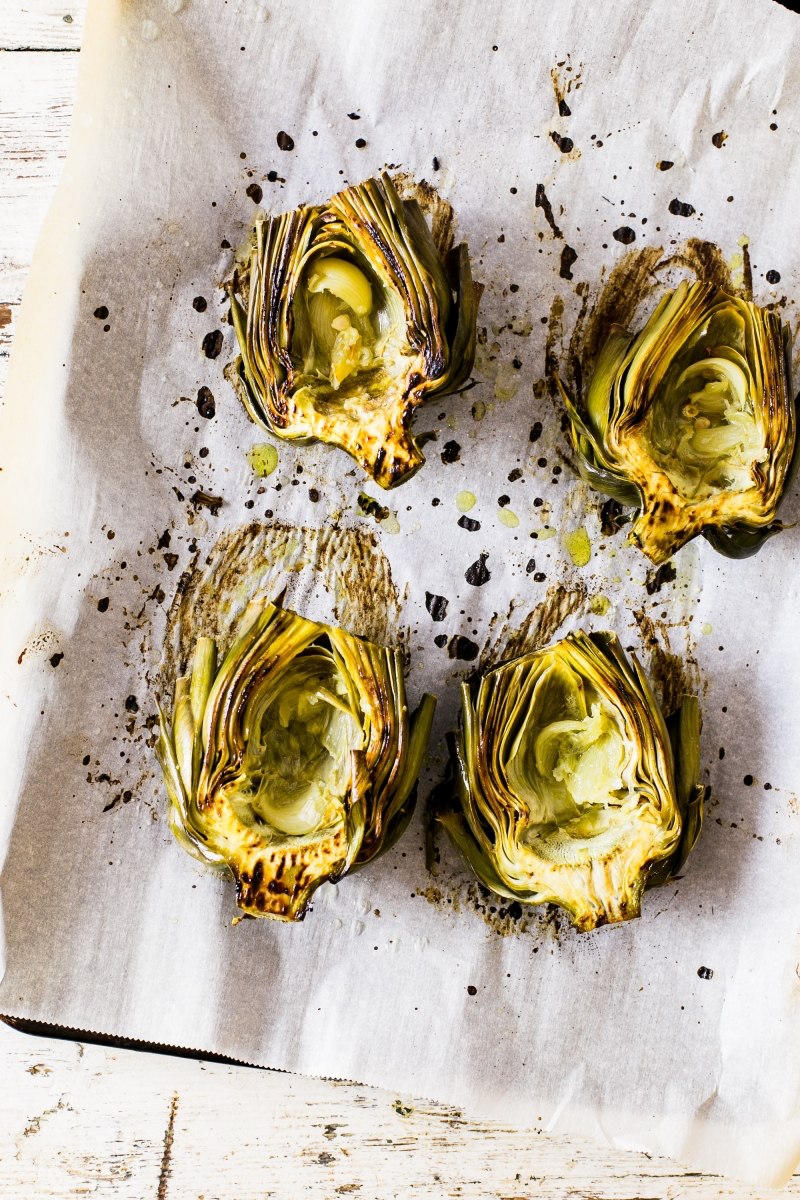
A Burst of Sunshine: Winter Citrus
Just when the world is looking its most gray, winter citrus shows up like a surprise vacation. Blood oranges, Meyer lemons, and grapefruit are a necessary jolt of brightness, cutting through the richness of winter cooking.
Their bright colors aren’t just for show—they’re a sign of powerful antioxidants that only develop when the fruit gets a good chill on the tree. When you’re picking them out, always go for fruit that feels heavy for its size. That’s the secret to finding the juiciest ones. A few scuffs on the skin are fine, but avoid anything that feels light or spongy.
And please, use the whole fruit! The zest (the colored part of the peel) has the most intense flavor. Use a microplane to grate it into dressings, baked goods, or even mixed with salt for a fantastic finishing touch on roasted vegetables or fish.

Oddballs and Warnings: Persimmons and Rhubarb
Winter also brings a few specialty items that require a little inside knowledge. Pomegranates, for example, are easy once you know the trick: cut one in half, hold it cut-side-down over a bowl, and whack the back with a wooden spoon. The seeds fall right out, ready to be sprinkled on everything.
Persimmons, however, are another story. Getting this wrong is… memorable. I’ll never forget the first time I bit into a slightly underripe one. My mouth felt like it was full of chalky cotton for an hour! Trust me on this, you need to know the difference:
- The Fuyu persimmon is squat and looks like a tomato. It’s the friendly one. You can eat it when it’s firm and crisp, just like an apple. Slice it up for salads or just eat it out of hand.
- The Hachiya persimmon is the tricky one. It’s larger and shaped more like an acorn. This type is extremely astringent and MUST be left on your counter until it is ridiculously, squishy soft, almost like a water balloon. Only then does the flesh become a luscious, sweet, jelly-like treat. Don’t rush it!

A Very Serious Warning About Rhubarb
You might see beautiful, pink forced rhubarb appear late in winter. It’s delicious, but I can’t stress this enough: only the stalks are edible. The large, green leaves are poisonous. They contain high levels of oxalic acid, which can cause serious health problems. I once had to stop a new cook from throwing the leaves into a stock pot—it was a close call. Always, always discard the leaves immediately and wash your hands and cutting board well.
Bitter is Better: Hardy Greens and Alliums
While lettuce gives up, a group of pleasantly bitter greens called chicories—like radicchio and endive—thrive in the cold. Along with them, you have leeks and garlic, the flavor foundation of almost every good winter meal.
We’re not used to bitter flavors anymore, but they’re great for us. That bitterness helps stimulate digestion, which is perfect for those heavier winter meals. The key is to balance it. A classic radicchio salad works because the bitterness is tamed by the fat from olive oil, the salt from cheese, and the sweetness from a good balsamic.

And let’s talk about leeks. They’re like a milder, more sophisticated onion, but they are notorious for trapping grit between their layers. The best way to clean them is to slice them first, then put the slices in a big bowl of cold water. Swish them around, let the dirt sink to the bottom, and then lift the clean leeks out with a strainer.
Oh, and whatever you do, don’t throw away the tough, dark green tops! They make an amazing, basically free vegetable stock. It’s so easy: 1. Toss the washed leek tops in a pot with a carrot, a celery stalk, and a bay leaf. 2. Cover it all with cold water. 3. Let it simmer for about an hour, then strain it. You can use it right away or freeze it for later. So much better than store-bought!
Making It Easy: Your Sunday Winter Veggie Prep
The secret to eating well all week is a little bit of prep on the weekend. It takes maybe an hour and saves you so much time and stress later. Here’s a simple plan:
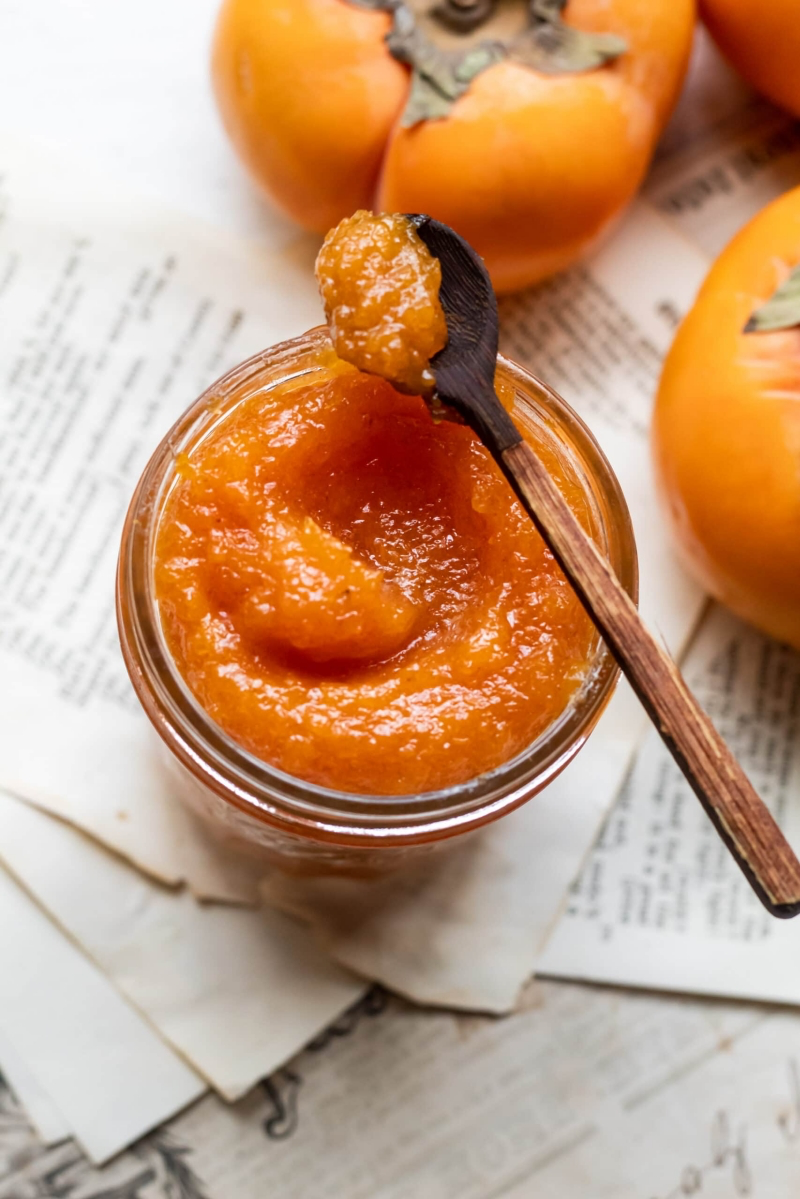
- Batch-Roast Your Roots: Fill up a big baking sheet with chopped carrots, parsnips, and potatoes. Roast them all at once. You can reheat them for easy side dishes, toss them into salads, or add them to scrambled eggs all week.
- Shred Some Cabbage: Run half a head of cabbage through a food processor or slice it thin. Store it in a bag, and you’re ready to make a quick slaw or sauté it in minutes.
- Wash Your Greens: Wash and dry a bunch of kale. Once it’s bone dry, store it in the fridge. It’s now ready to be thrown into smoothies, soups, or a quick sauté.
- Make a Vinaigrette: Whisk together some olive oil, vinegar, and the zest from a winter lemon or orange. Having a delicious, ready-made dressing makes eating salads about a thousand times more likely.
Bringing It All Home
Eating with the seasons isn’t about restriction; it’s about partnership. Winter foods are dense, warming, and exactly what our bodies are looking for. By learning these simple tricks, you unlock so much flavor and goodness.
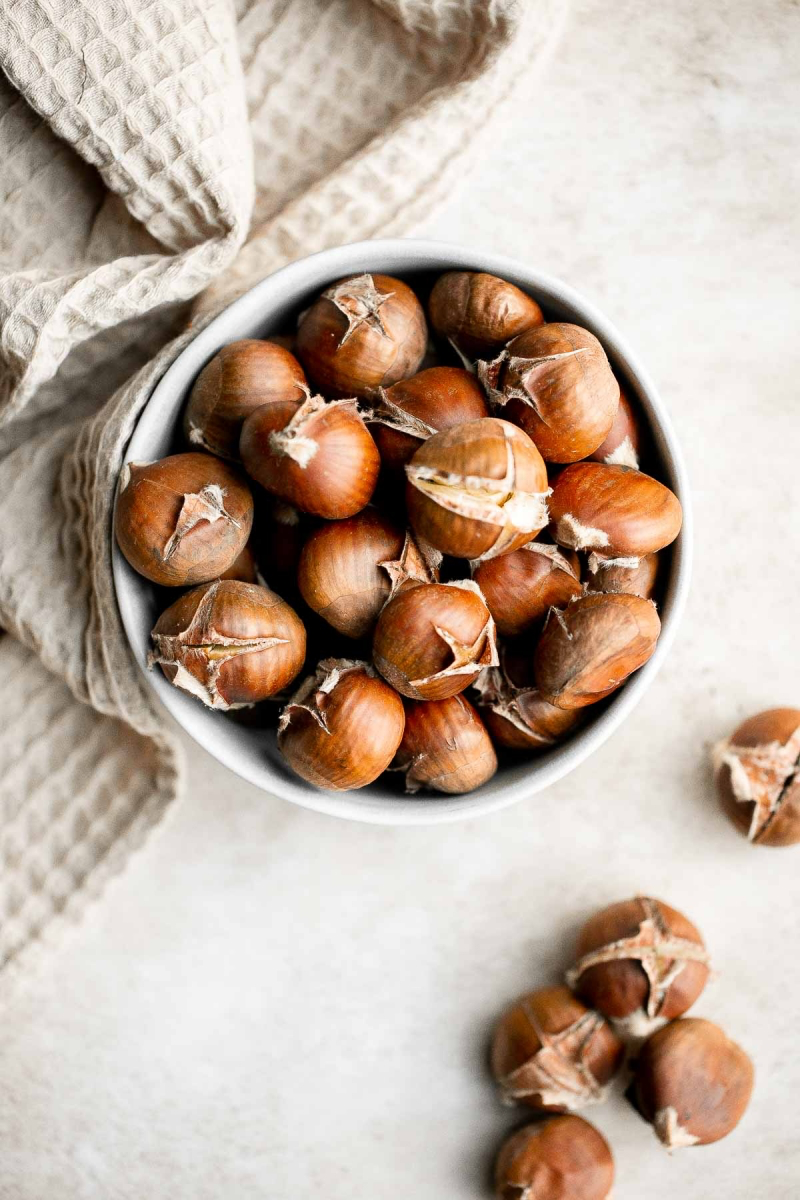
Instead of chasing some trendy powder online, try setting up your own little winter pantry. Keep a head of cabbage, a bag of carrots, and some leeks on hand. Grab some citrus when it looks good. With just these few things, a deeply satisfying and nourishing meal is never far away. It’s a simple, time-tested approach that just works.
Inspiration:
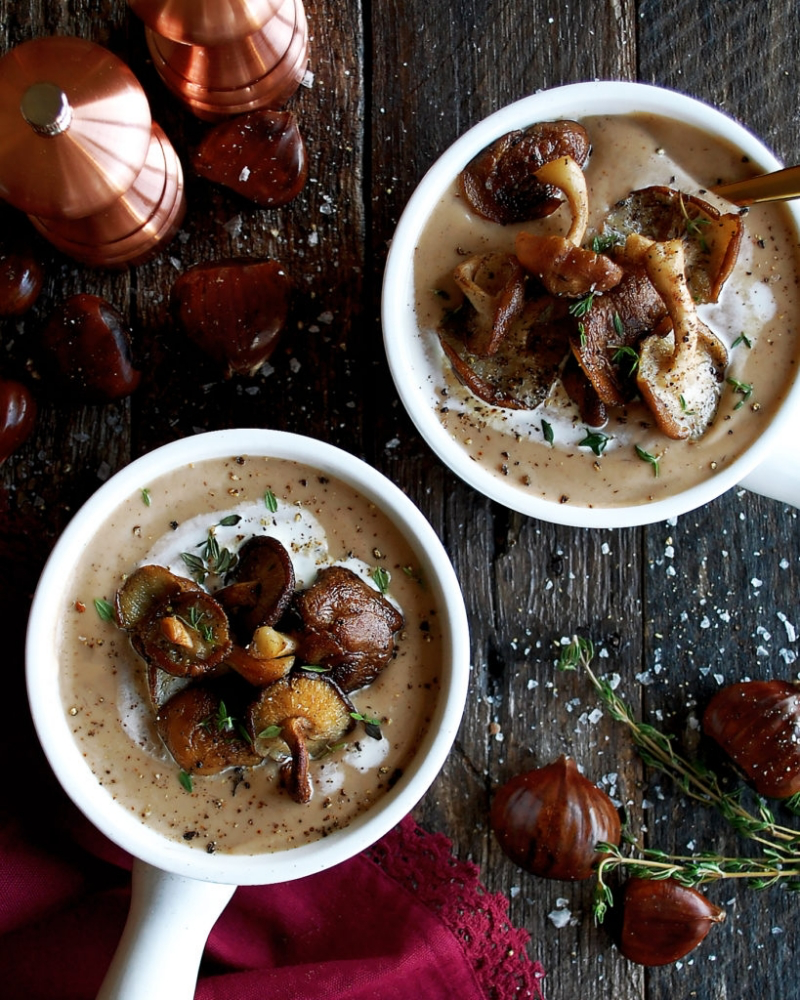
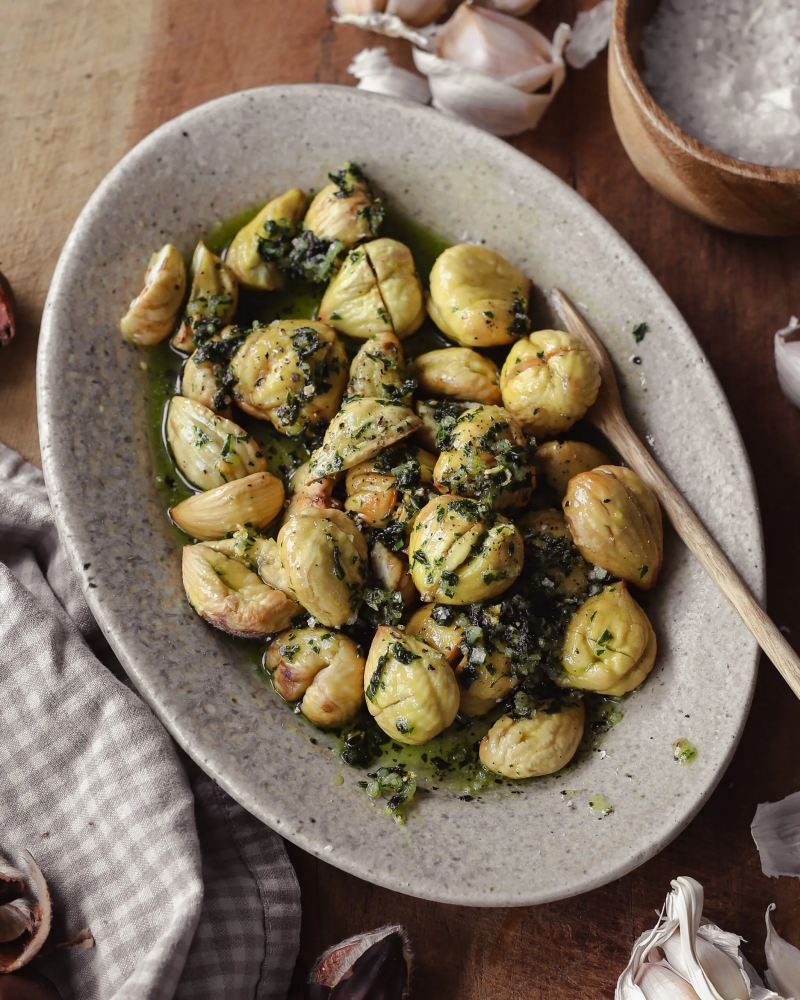
The forgotten art of massaging your kale: It sounds silly, but it’s a game-changer. Before adding it to a salad, drizzle your raw kale with a little olive oil and a pinch of salt. Then, literally massage the leaves with your hands for 2-3 minutes. You’ll feel them soften and turn a vibrant dark green. This simple step breaks down the tough cellulose, making the kale less bitter and much easier to digest.
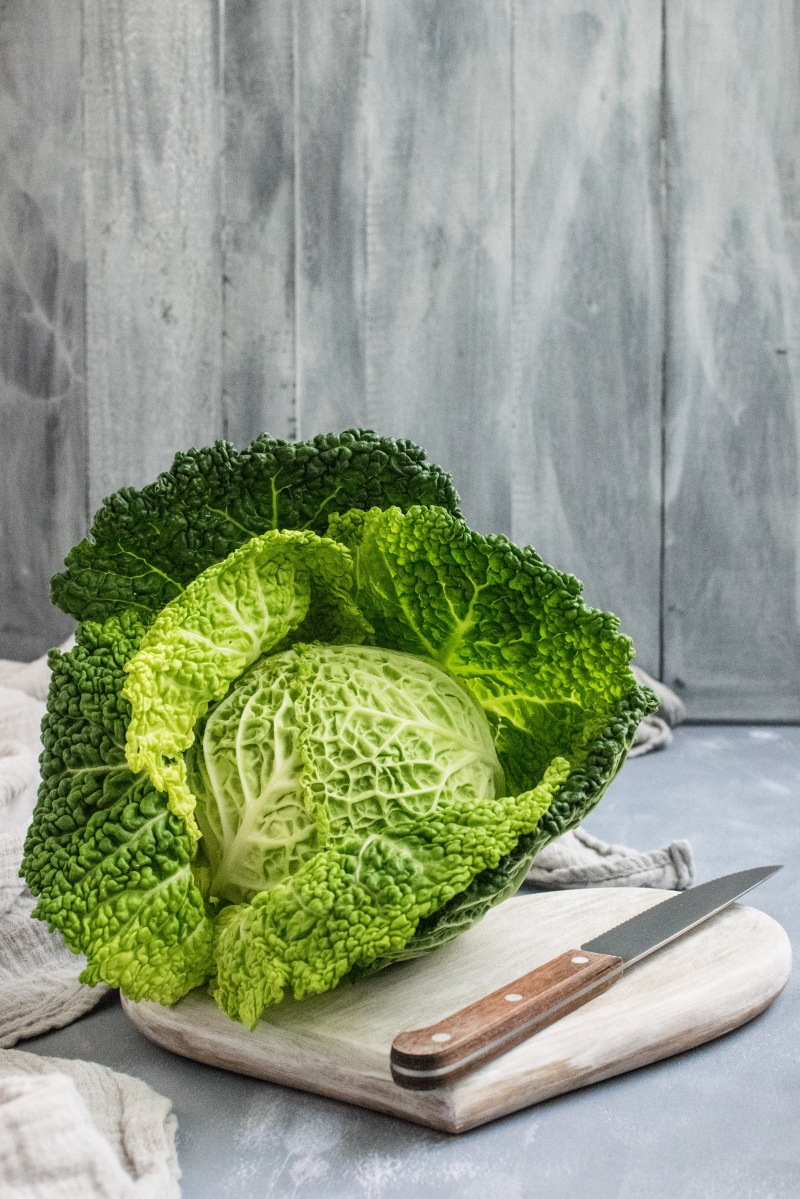
- Boosts flavor with a deep, caramelized sweetness.
- Creates an irresistibly crispy-on-the-outside, tender-on-the-inside texture.
- Makes your whole house smell incredible.
The secret? Roasting your winter vegetables. A hot oven (400°F / 200°C) is the best friend of parsnips, carrots, broccoli, and squash. Don’t be afraid of a little char!
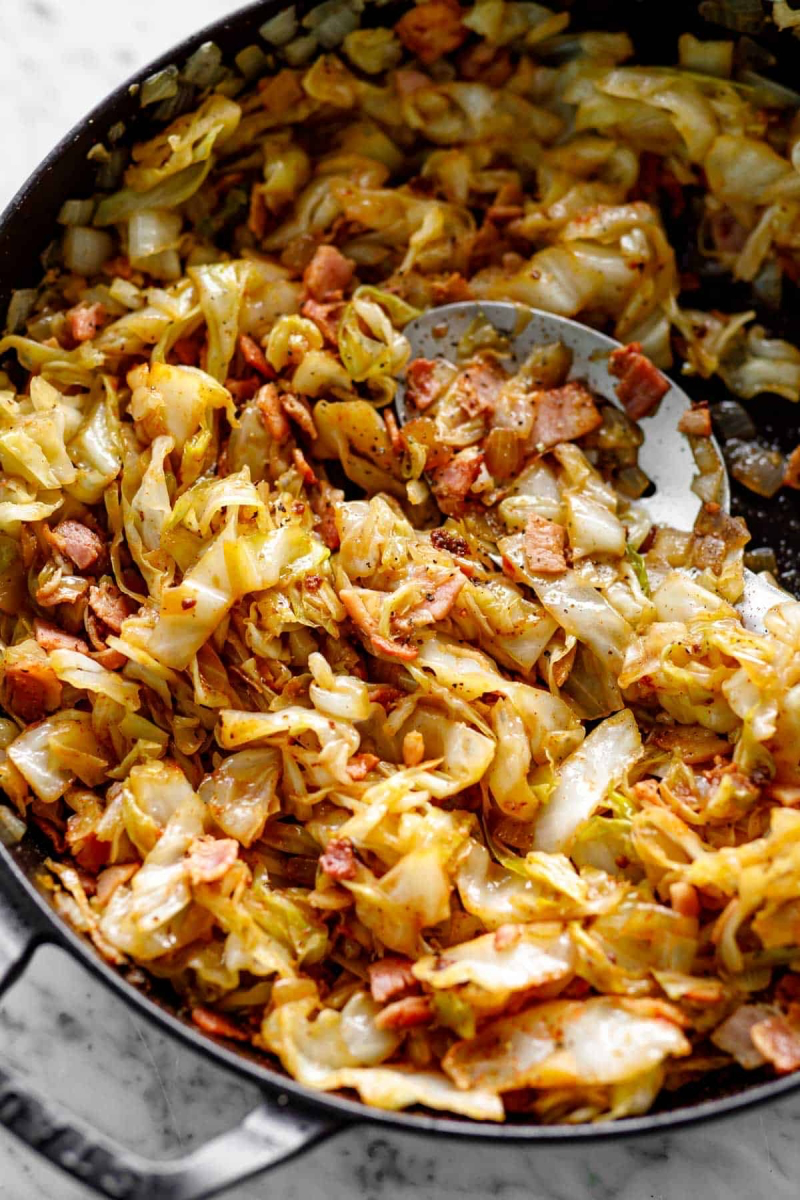
A single cup of cooked pumpkin provides over 200% of your recommended daily intake of Vitamin A.
This isn’t just about eyesight. Vitamin A is crucial for immune function and reducing inflammation, making pumpkin and butternut squash true winter powerhouses. A simple puréed soup or adding roasted cubes to a grain bowl is an easy way to reap the benefits.
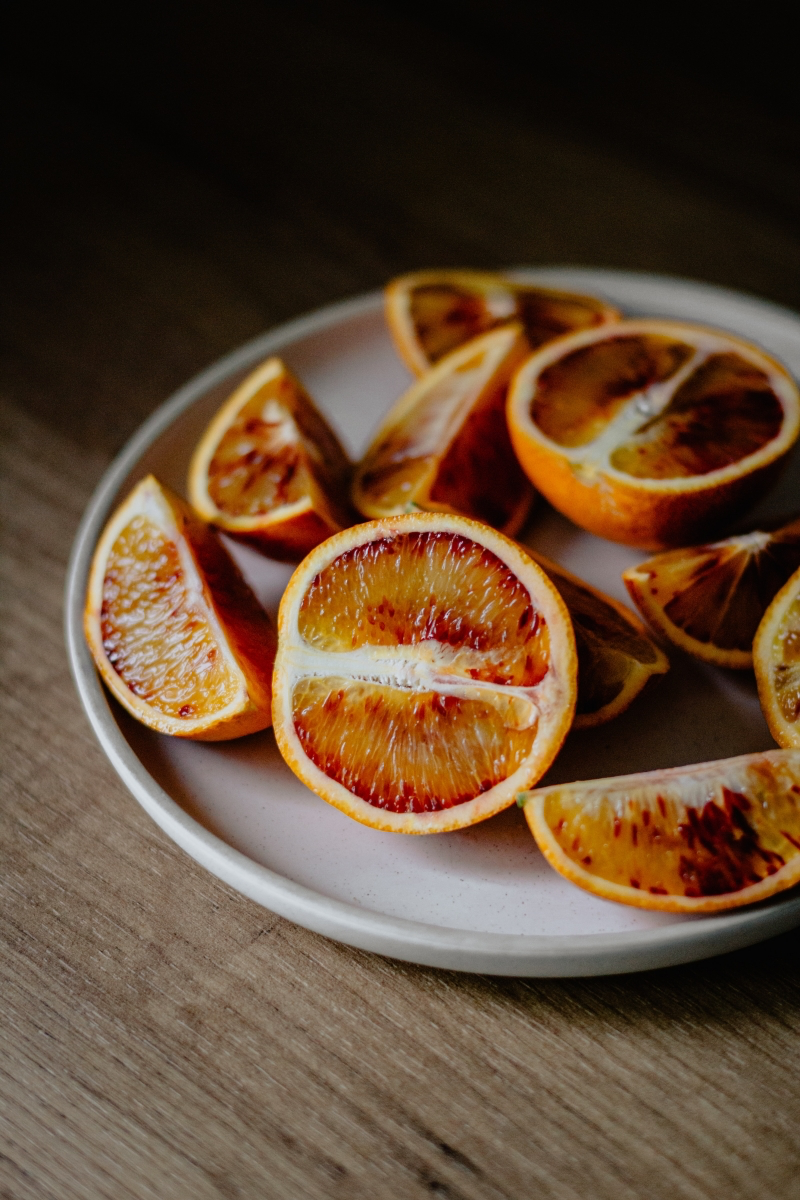
Don’t let the earthy exterior of celeriac (or celery root) intimidate you. Once peeled, this knobby vegetable reveals a crisp, white flesh with a delicate, nutty flavor somewhere between celery and parsley. It’s fantastic when grated raw into a slaw with a sharp mustardy dressing, or roasted until creamy and tender.

How do I brighten up heavy winter stews and roasts?
The answer is acid. A squeeze of fresh lemon or a splash of good vinegar right at the end of cooking can completely transform a dish, cutting through the richness and making all the other flavors pop. Keep blood oranges, lemons, and a quality apple cider vinegar like Bragg’s on hand all winter long.

For perfect roasting results, give your veggies space. Overcrowding the baking sheet is a common mistake that leads to steaming instead of roasting. The vegetables release moisture, and if they’re packed too tightly, they’ll just sog. Use two pans if you have to; the crispy, caramelized payoff is well worth it.
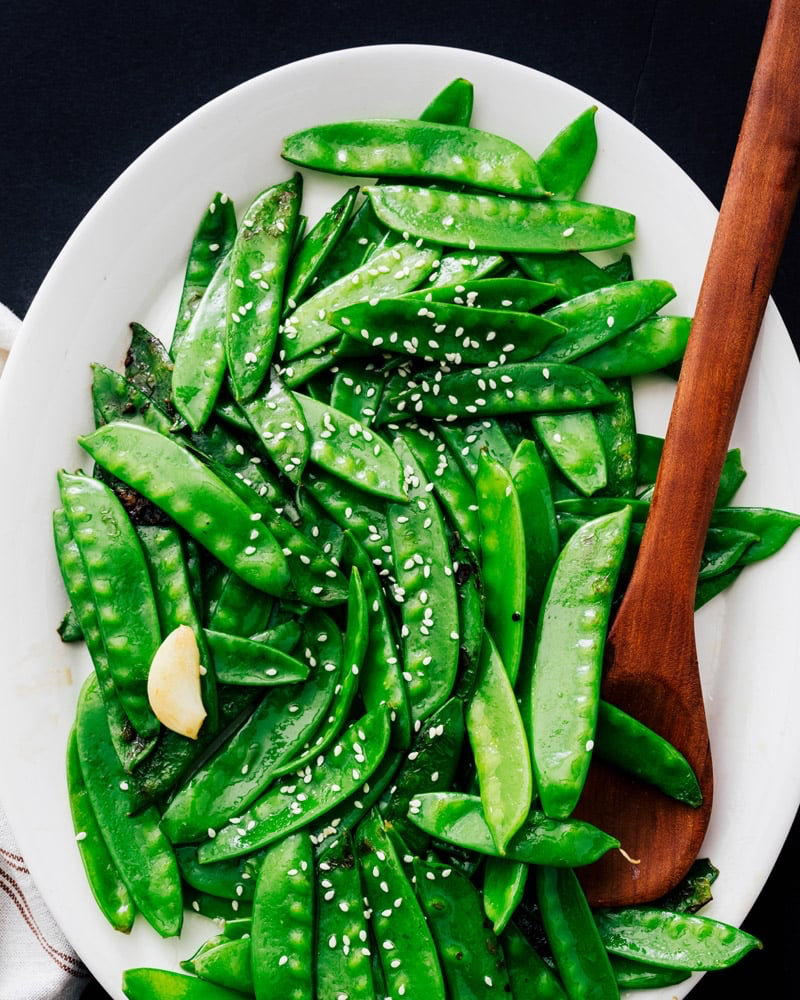
A whole world of flavor for your winter dishes lies in your spice rack. Instead of just salt and pepper, try these combinations:
- Sweet Potatoes & Carrots: Smoked paprika, cumin, and a dash of cinnamon.
- Cauliflower: Turmeric, coriander, and a little ginger powder.
- Brussels Sprouts & Cabbage: Caraway seeds or a good dusting of garlic powder.

Leeks, the milder and sweeter cousin of the onion, are packed with kaempferol, an antioxidant flavonoid that studies have linked to cardiovascular health.
They are fantastic for building a flavor base in soups and sauces without the harsh bite of a regular onion. To clean them properly, slice them lengthwise and rinse thoroughly under running water, as dirt loves to hide between their layers.
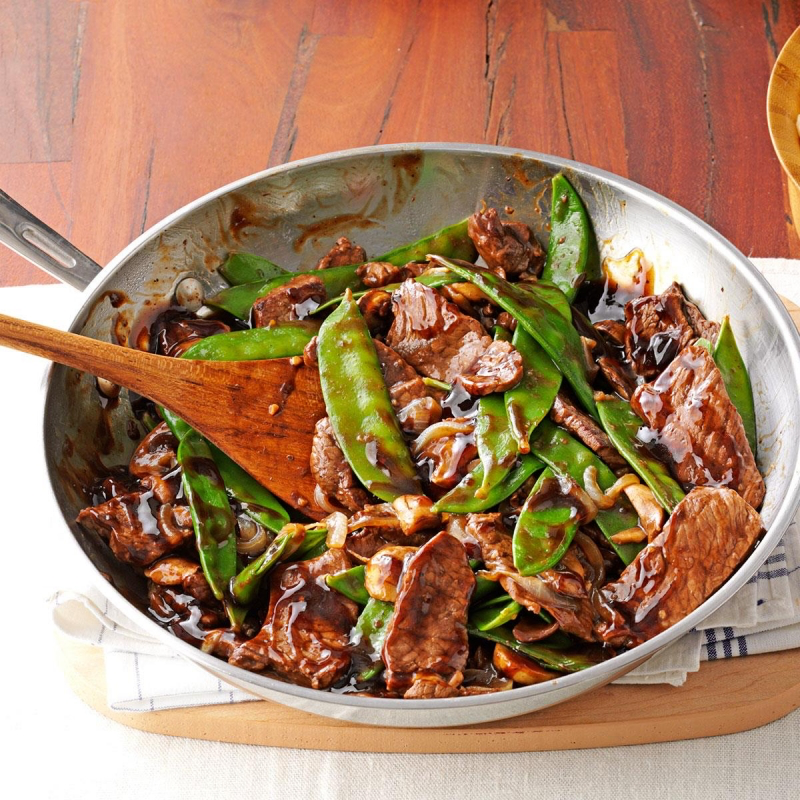
Mandoline Slicer: For paper-thin slices of fennel for a winter salad, or perfectly uniform potato slices for a gratin. The OXO Good Grips V-Blade Mandoline is a safe and reliable option.
Immersion Blender: The key to silky-smooth soups (like butternut squash or potato-leek) without the hassle of transferring hot liquid to a traditional blender. A Cuisinart Smart Stick is a kitchen workhorse.
These tools make winter cooking prep faster and more refined.
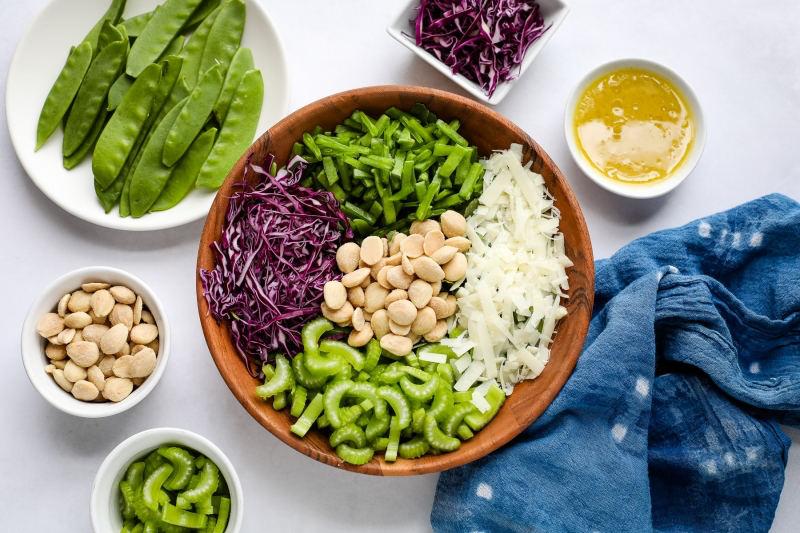
Think beyond boiling. The aggressive heat of boiling water can destroy delicate nutrients and turn vibrant vegetables into a pale, mushy mess. For maximum flavor and nutrient retention, opt for steaming, which is gentler, or roasting, which concentrates the flavor beautifully.
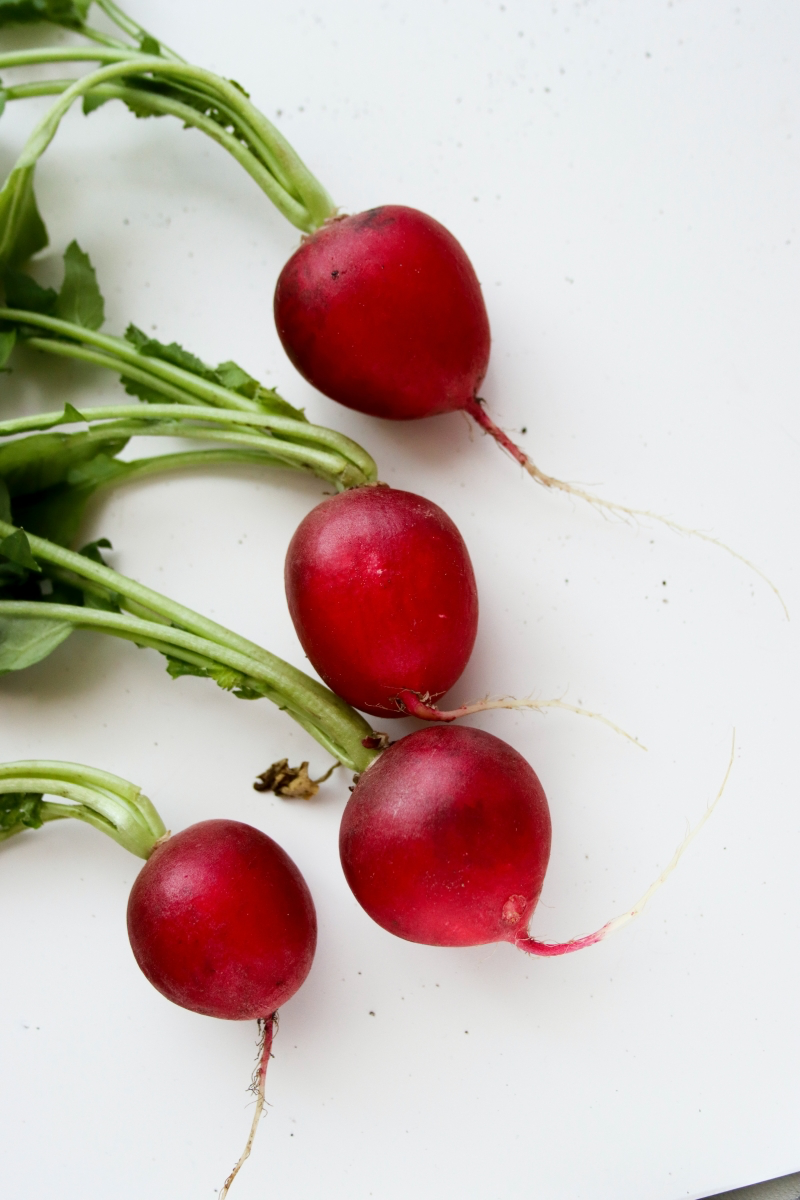
Embrace the beet from root to leaf. Don’t throw away those vibrant beet greens! They can be cooked just like Swiss chard or spinach—sautéed with a little garlic and olive oil for a quick, nutrient-dense side dish. It’s a two-for-one vegetable that minimizes waste and maximizes value.
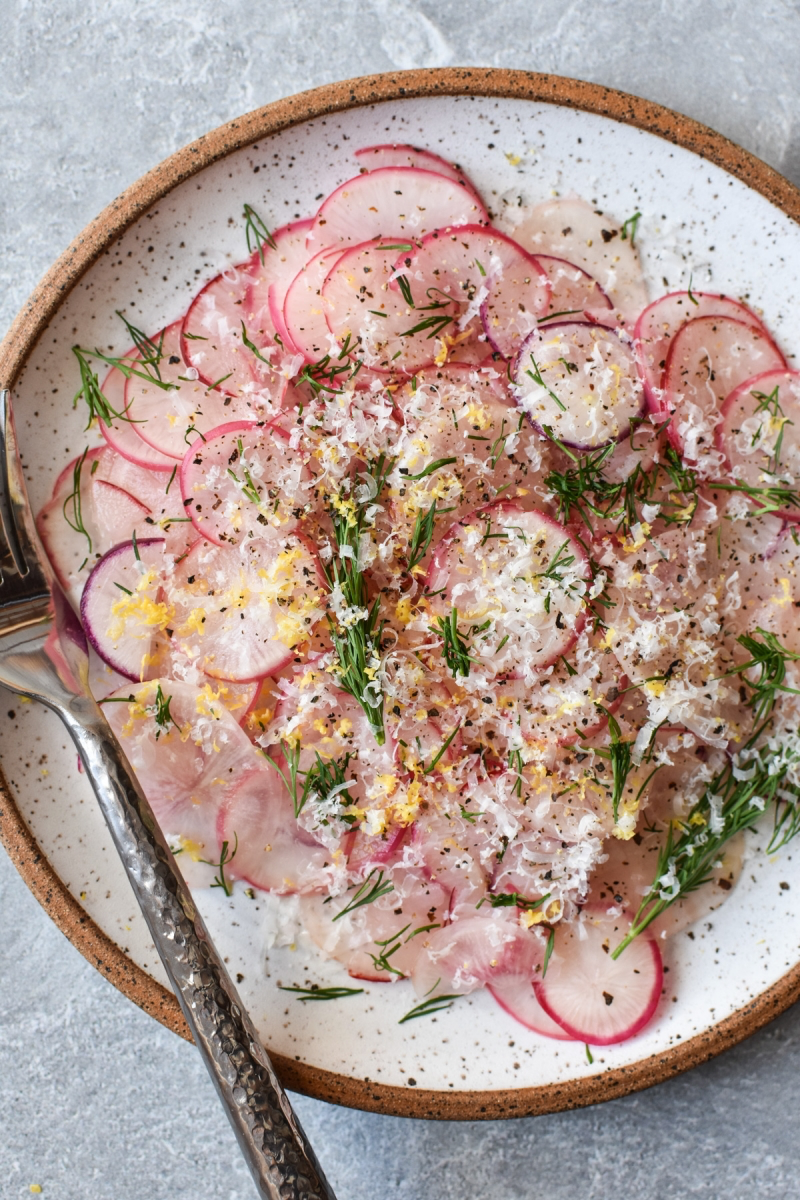
“The first wealth is health.” – Ralph Waldo Emerson
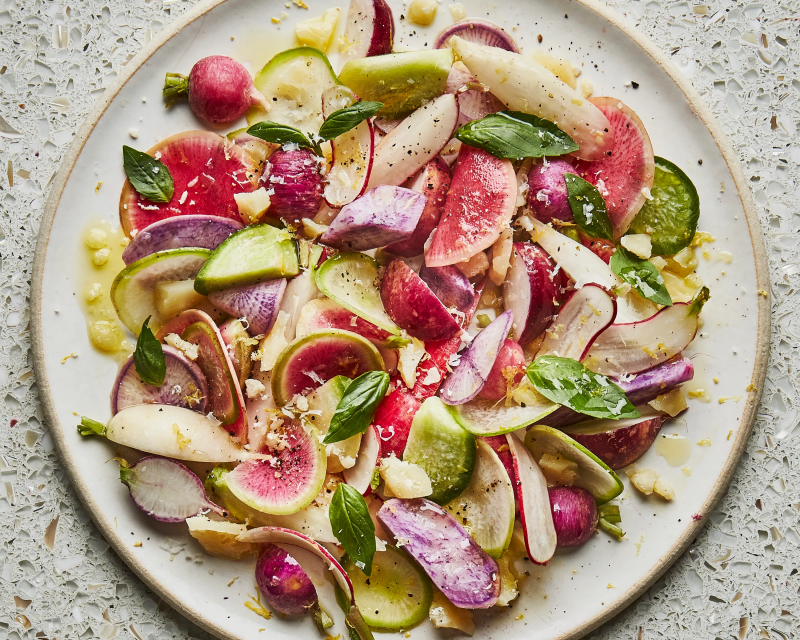
When it comes to winter comfort, few things rival a simple baked sweet potato. Scrubbed and pricked with a fork, then baked at 400°F (200°C) for 45-60 minutes until the skin is crisp and the inside is fluffy and sweet. It’s a simple, nourishing vessel for a dollop of Greek yogurt, a sprinkle of chili flakes, or just a pat of butter.
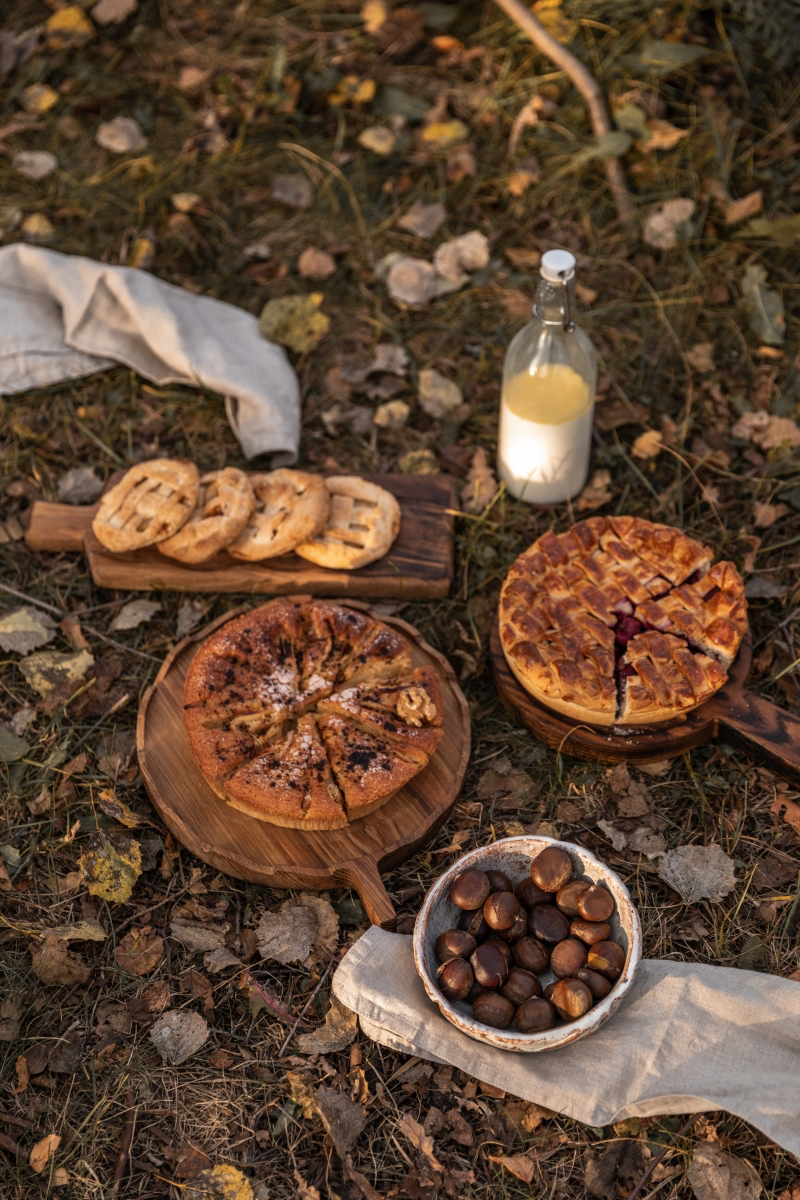
Looking for a budget-friendly protein to pair with your winter veggies?
Look no further than lentils. A bag of dried red or brown lentils costs a couple of dollars and cooks in under 30 minutes. They are the perfect foundation for hearty, Indian-inspired dals or robust vegetable stews, absorbing all the delicious flavors of your winter herbs and spices.
The deep purple of red cabbage, the vibrant orange of carrots, the forest green of kale, and the creamy white of parsnips. Winter isn’t monochromatic. Think of your plate as a canvas and aim to include at least three different colors in your main meal. A more colorful plate is not only more appealing but is often a sign of a wider variety of nutrients.










